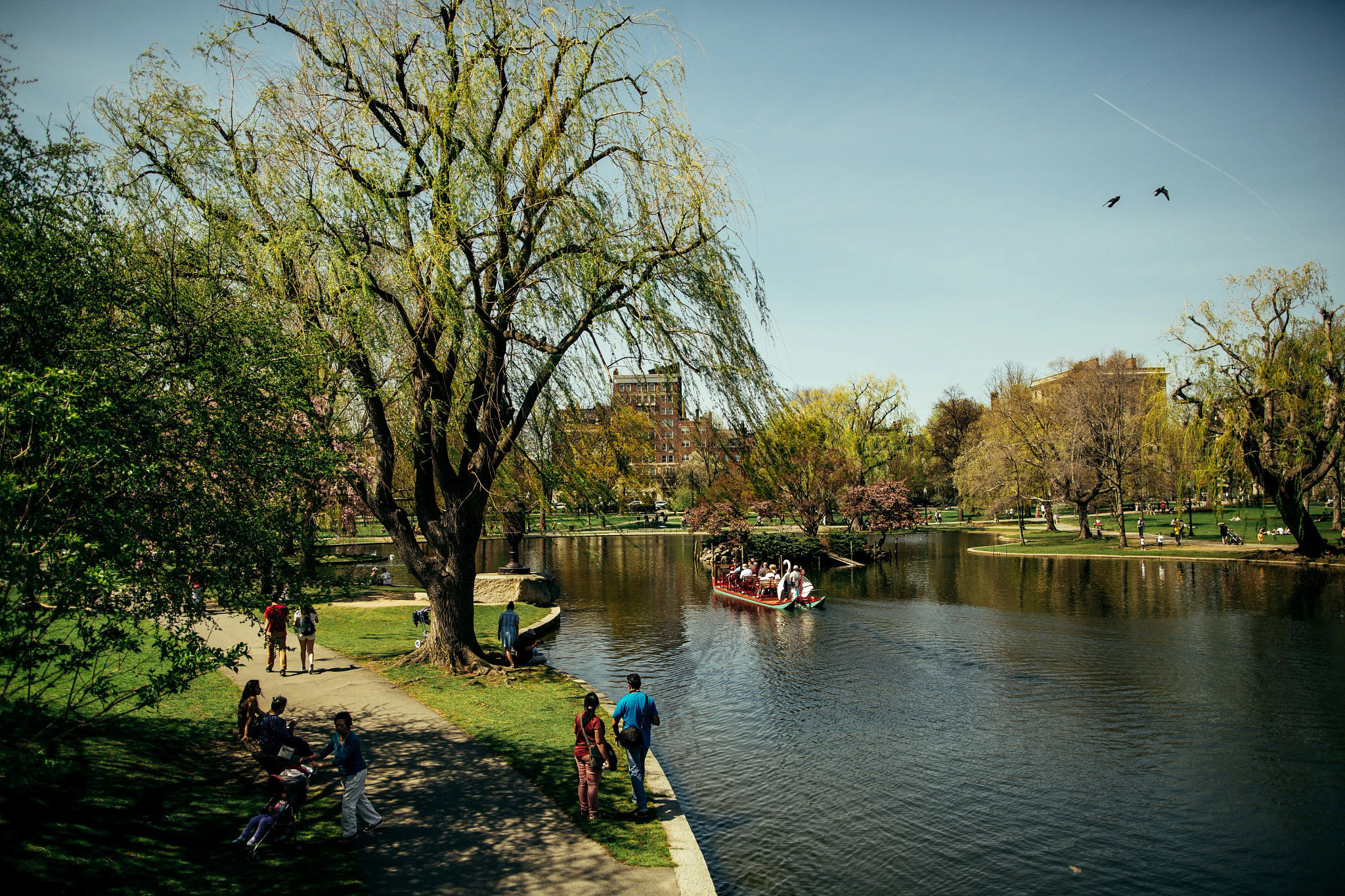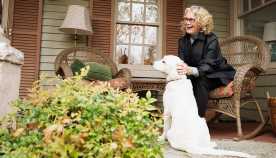AARP Eye Center
- right_container
- Health
- Money
- Work & Jobs
- Advocacy
- Social Security
- Medicare
- Caregiving
- Games
- Travel
- More...
- Entertainment & Style
- Family & Relationships
- Personal Tech
- Home & Living
- Auto
- Staying Sharp
- Podcasts
- Videos
Louisiana Museum of Natural Science
History of the LSU Museum of Natural Science
The LSU Museum of Natural Science was founded in 1936 and the current public exhibit area was opened on March 27, 1955 in Foster Hall. The Museum’s founder and first Director, Dr. George H. Lowery, Jr., was a professor of zoology at LSU. The Museum of Natural Science is a research museum, meaning it educates the public through exhibits and programs, houses a premier research staff committed to learning more about our natural world, and maintains collections that support this work. Research at the Museum centers on the following disciplines: mammalogy (mammals), ornithology (birds), ichthyology (fishes), herpetology (reptiles and amphibians), paleontology (fossils), archaeology and anthropology (early human culture), genetic resources (DNA), palynology (fossil pollen and particulate matter), and science education.
With holdings of almost 2.5 million specimens, the LSU Museum of Natural Science is among the nation’s leaders in terms of the size and diversity of its research collection. It houses the most active and third largest university-based collection of birds in the world and the largest collection of genetic resources (DNA samples) in the world. The museum’s nine faculty members have authored a combined total of more than 100 scholarly publications in the past five years, including several prestigious books, and have been awarded extramural grants totaling more than $6.4 million. As a result, the Museum is a powerful magnet for graduate students from throughout the world who come to study anthropology, archaeology, paleontology, and zoology at LSU. The Museum faculty currently advise twenty-five graduate students, and the Museum is among the top units on campus for success in placement of graduates.
The exhibit area highlights nine habitat dioramas which were constructed between the years of 1955-1964 by the talented scientist and artist, Ambrose Daigre. Habitat dioramas were popular forms of display in natural history museums beginning in the early 1900’s. They were intended to give the illusion of a real scene as being viewed through a window. The background of the diorama is constructed in the shape of a half dome to give the illusion of depth. It was Daigre’s job to blend the three dimensional foreground with the painted background to create a continuous natural scene.
In addition to the habitat dioramas, the Museum also has displays of the mammals, birds, reptiles and amphibians of Louisiana, as well as the first Mike the Tiger, Experience Antarctica, Louisiana Native Americans, and Making a Big Splash with Louisiana Fishes. Fossil bones of a mastodon and a cast of the skull of the dinosaur, Allosaurus, are also on display. More specific information about the Museum exhibits is available HERE.
Each year, more than 3,500 visitors view the Museum’s exhibits and benefit from informative tours and outreach programs.
Mission
The mission of the LSU Museum of Natural Science is acquisition, preservation, and study of research collections by Museum faculty, staff, students and associates to generate knowledge of global biodiversity and human prehistory, to promote an understanding and appreciation of nature through excellence in science education for the benefit of the people of the state, the nation, and the world.
As the only comprehensive research museum in the south central United States, the LSU Museum of Natural Science supports a variety of scientific and educational roles, including:
-Generation of new knowledge in the fields of biology, archaeology, and paleontology through scholarly research based primarily on natural history collections;
-collection and preservation of research specimens as a resource for study of the Earth’s natural history (with an emphasis on Louisiana);
-Education of graduate and undergraduate students in academic areas that are most effectively taught in the museum setting;
-Education of the general public by means of exhibits and lecture programs;
-Assistance to local citizens, wildlife officials, and forensic specialists through identification and consultation services.
Evolution Statement
The Louisiana State University Museum of Natural Science comprises a community of students, professors, and researchers of natural history. As members of the worldwide scientific community, we use the theory of evolution and other scientific principles to study the natural world.
Evolutionary theory has greatly enhanced progress in the fields of medicine, anatomy, archaeology, biology, biochemistry, geology, neuroscience and many other disciplines. Without an understanding of evolutionary biology, our perception of the natural world would be greatly diminished.
AARP Events for Baton Rouge
-
Featured Event
Ascension Free Shred Day
Saturday, May 10, 2025 at 9:00 a.m. CT
Ascension Parish Library
Gonzales, LA
-
Functional Fitness with Basic Body Movements
Monday, Apr 7, 2025 at 8:00 a.m. CT
Zoom
Online Event
-
AARP Smart Driver™: Baton Rouge Rehabilitation Hospital
Monday, Apr 7, 2025 at 9:00 a.m. CT
Baton Rouge Rehabilitation Hospital
Baton Rouge, LA

with Automatic Renewal
- Immediate access to your member benefits
- Discounts on travel and everyday savings
- Subscription to AARP The Magazine
- FREE second membership
















)


















.jpg?crop=true&anchor=13,195&q=80&color=ffffffff&u=lywnjt&w=2008&h=1154)




























